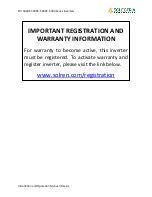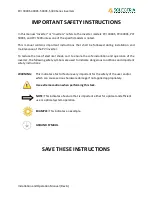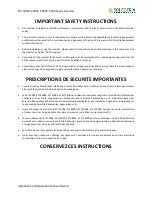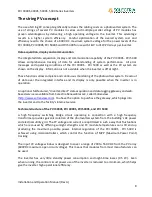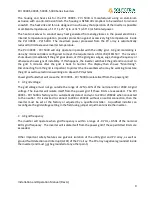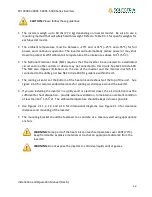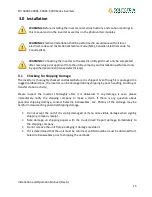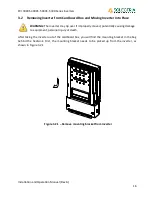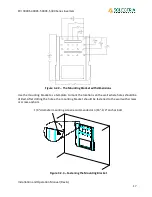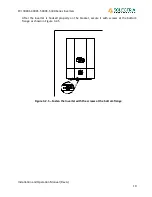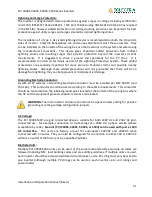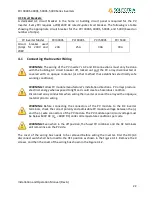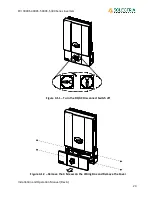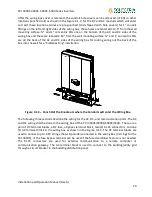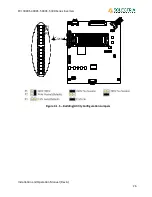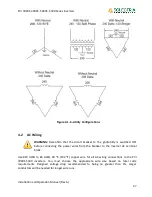
PVI 3000S, 4000S, 5000S, 5300 Series Inverters
Installation and Operation Manual (Rev A)
12
CAUTION:
Please follow these guidelines:
•
The inverters weigh up to 60 lbs (27.2 kg) depending on inverter model. Be sure to use a
mounting method that will safely hold this weight. Refer to Table 9.3.1 for specific weights for
each inverter model.
•
The ambient temperature must be between –13
o
F and +131
o
F (–25
o
C and +55
o
C) for full
power, and continuous operation. The inverter will automatically reduce power or may shut
down to protect itself if ambient air temperature at the intake rises above 131
o
F (55
o
C).
•
The National Electrical Code (NEC) requires that the inverter be connected to a dedicated
circuit and no other outlets or device may be connected to this circuit. See NEC Article 690.
The NEC also imposes limitations on the size of the inverter and the manner in which it is
connected to the utility grid. See NEC Article 690 for guidance within the US.
•
The cooling air enters at the bottom of the heat sink and exhausts at the top of the unit. See
Figure 2.1.3 for recommended clearances for cooling air and space around the inverter.
•
If you are installing the inverter in a utility vault or electrical closet, the air circulation must be
sufficient for heat dissipation – provide external ventilation, to maintain an ambient condition
of less than 131
o
F (55
o
C). The ambient temperature should be kept as low as possible.
•
Use Figures 2.1.1, 2.1.2, and 2.1.3 for dimensional diagrams. Use Figure 2.1.3 for clearance
distances and mounting of the inverter.
•
The mounting bracket should be fastened to a concrete or a masonry wall using appropriate
anchors.
WARNING:
Some parts of the heat sink can reach temperatures over 160F (70°C).
Keep flammable, explosive materials or trash at an appropriate distance from the
inverter!
WARNING:
Do not expose the inverter to corrosive liquids and/or gasses.


